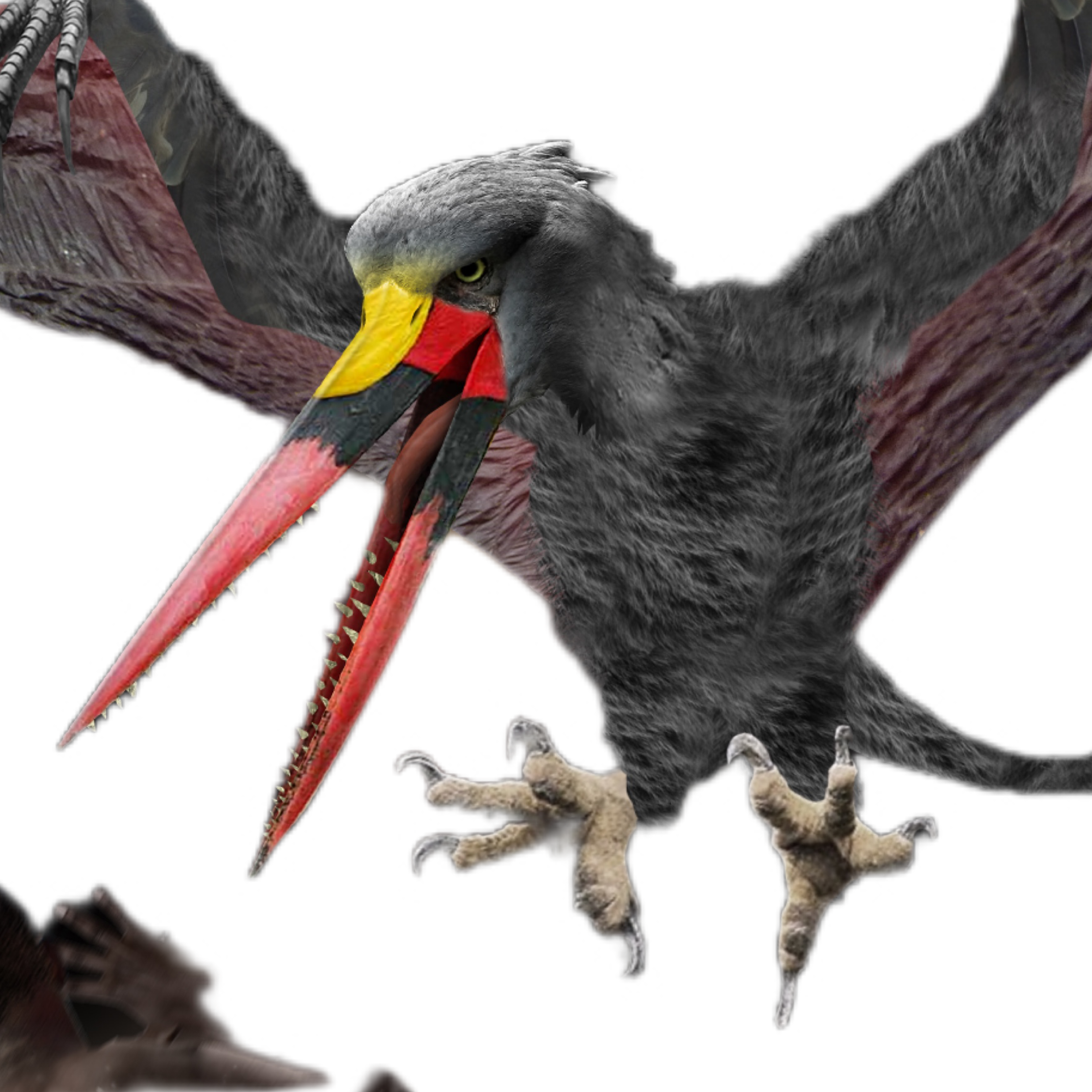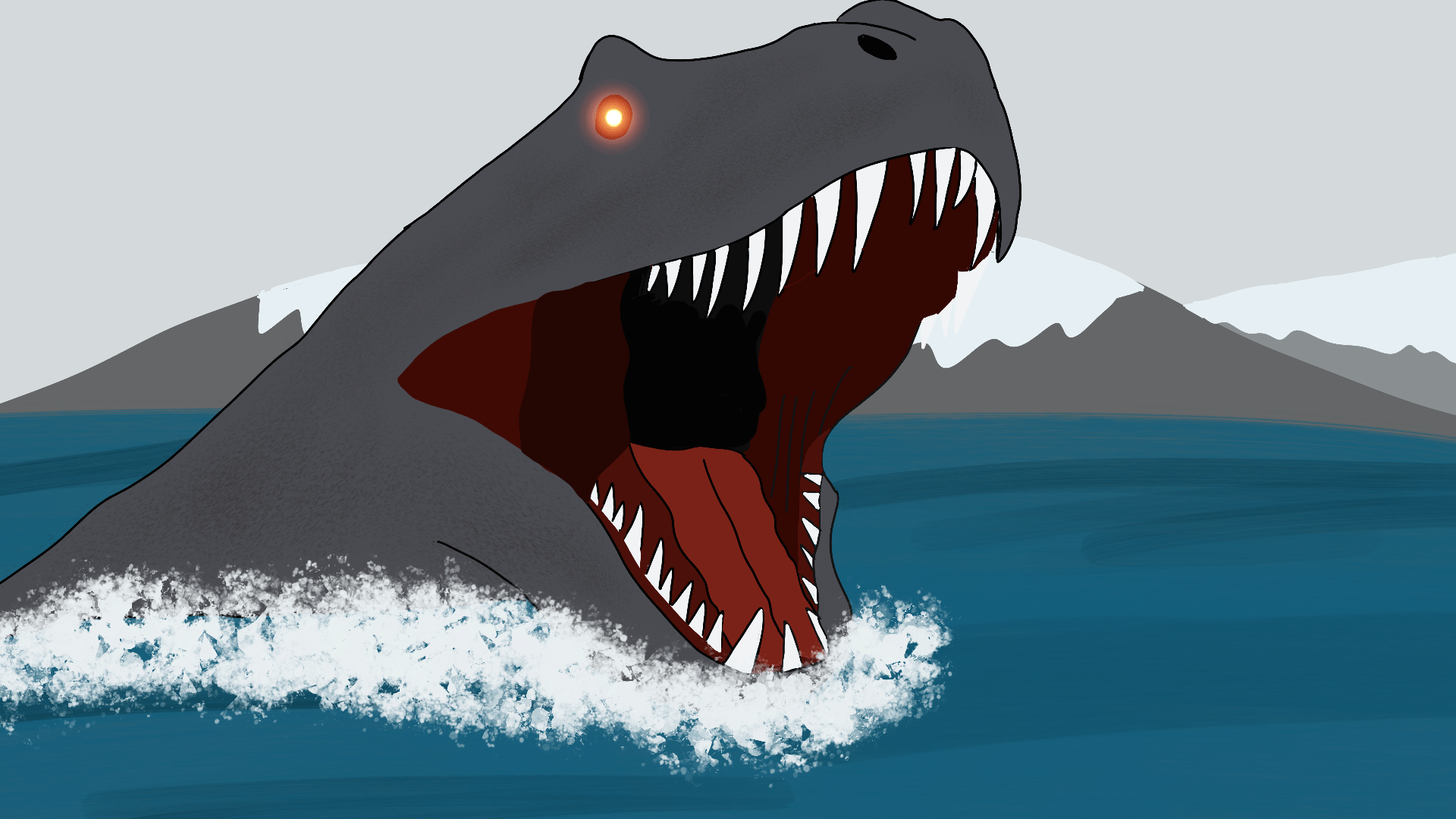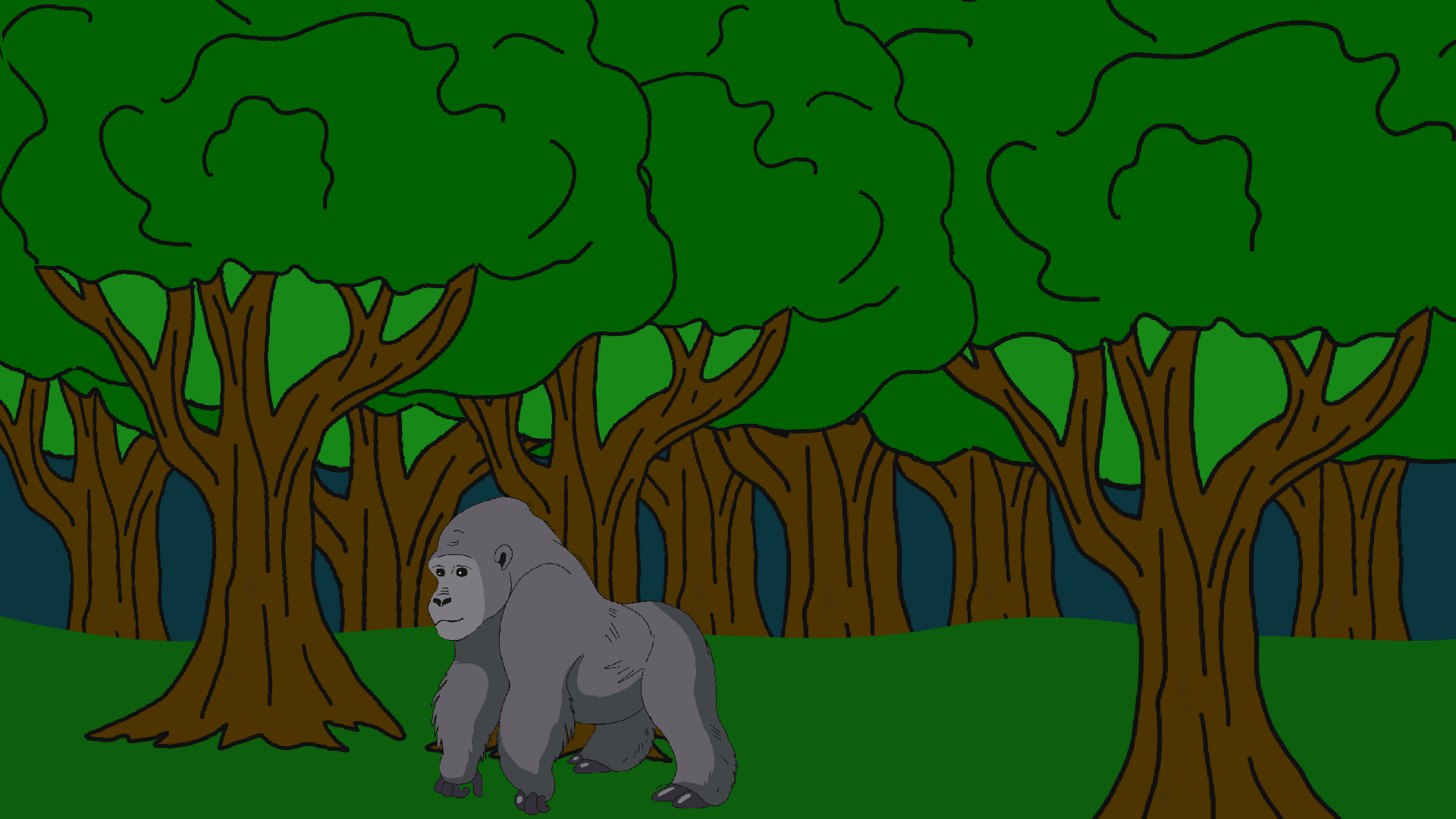In 1933, famous British zoologist Ivan Sanderson was leading an expedition in the Assumbo Mountains in Africa when he encountered a terrifying creature. As Sanderson was hunting one day, he shot a fruit bat. As he went to grab its corpse close to the nearby river, he slipped and fell. As he came to, he heard one of his colleagues screaming and pointing toward the sky. As he looked up, a massive black creature came flying down quickly at him. To escape, Sanderson hopped into the River and swam toward the opposite riverbank staying underwater as much as possible. As he swam, the creature continued attacking until Sanderson was finally able to escape. Afterward, Sanderson and his colleagues returned safely to their base camp. As Sanderson later met with the locals, he described the creature and they soon fled in terror.
The Legend of Kongamato dates backs centuries with local tribes warning visitors of this strange beast. The creature is often described as being a reddish lizard with leathery skin instead of feathers and razor-sharp teeth in its beak. Its wingspan ranges from 6 to 20 feet across. Kongamato, which roughly translates to “overwhelmer of boats” is said to closely resemble the extinct dinosaur, the pterosaur. The Kongamato is also said to dig up graves and steal human corpses, since in Africa graves are usually not too deep. This is described in the book, “A Game Warden takes stock”.
Although Sanderson’s story is certainly well known, perhaps the individual who brought worldwide attention to Kongamato was Traveller Frank Welland . Welland had heard stories about the beast for years and decided to investigate it for himself in 1932. As he ventured deep into the Jiunda swamps of Western Zambia, the natives would give detailed stories of the bird and recalled how they often would overturn boats killing the occupants. The Locals were terrified of Kongamato, and believed one look from the creature would result in immediate death.
Welland would continue interviewing the locals and would record their descriptions in his book , “In Witchbound Africa”. In his book, Welland recalls how when he showed the locals drawings of the prehistoric pterosaur, and they immediately and without hesitation agreed that the drawings were the Kongamato.
(The Alabama White Thang- Read here)
As time went on, more sightings would occur.
In 1956 around 7:00 pm, an engineer, named J.P.F. Brown, saw the creature at Fort Rosebery near Lake Bangweulu in Northern Rhodesia, which is now Zambia. There, he saw two creatures flying slowly and silently. He described them as looking prehistoric with an estimated a wingspan of about 3 to 3½ feet (1 meter) and a beak-to-tail length of about 4½ feet (1.5 meters). Out of the many having witnessed Kongamato, this claim remains as the only one with multiple Kongamatos.
Another witness claimed he met a native with an almost fatal wound to the chest. The injured man stared he was visiting the dangerous swampland and was attacked by a huge, long beaked bird.
In 1942, stories began pouring out of the Mount Kenya area of Africa, with individuals telling author Captain C Pitman that they had witnessed a large bat like creature .
Still, with all these stories perhaps the most intriguing comes from someone in more present day. In 1998, Steve Romando-Menya, a then Kenyan exchange student, said that it is common knowledge among locals that the Kongamato exists, and that they all consistently draw a pterosaur when asked to sketch it.
Despite all the eyewitness statements that exist, skeptics don’t believe the creature exists, and certainly not the pterosaur. Some argue that the natives got their descriptions from the locals who were excavating the fossils of dinosaurs from the Tanzania region of Africa. But this theory presents a problem. How would the locals be aware of that the pterosaur had leathery skin? Also, why would reports of the creature not come from locals in Tanzania? It should be noted the distance from the Tanzania excavations to the sighting is around 900km.
(Kansas’s Sinkhole Sam- read here)
Believers in the creature insist that this is an undiscovered cryptid. There have been numerous credible sightings over the years, by locals and travelers to the area. In addition, it is theorized that the creature hides in the dense, remote swampland of the jungle which are extremely dangerous to explore. Inhabitants who venture into the Territory often fear animals such as lions, hippos and crocodiles. Perhaps though, explorers to this region should spend more time looking up.





Hello my loved one! I want to say that this article is awesome, nice written and include approximately all vital infos. I?¦d like to peer extra posts like this .
Hi my family member! I wish to say that this article is awesome, great written and include approximately all vital infos. I would like to peer more posts like this .
I like this site because so much useful material on here : D.